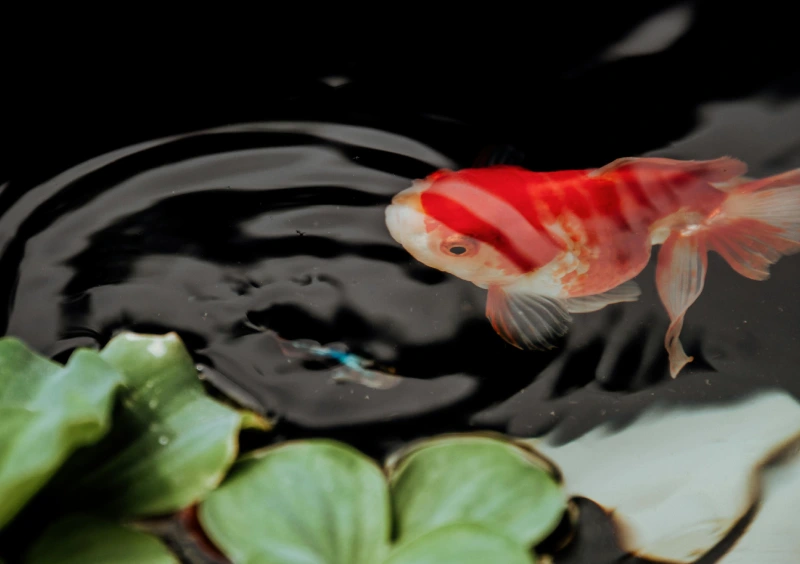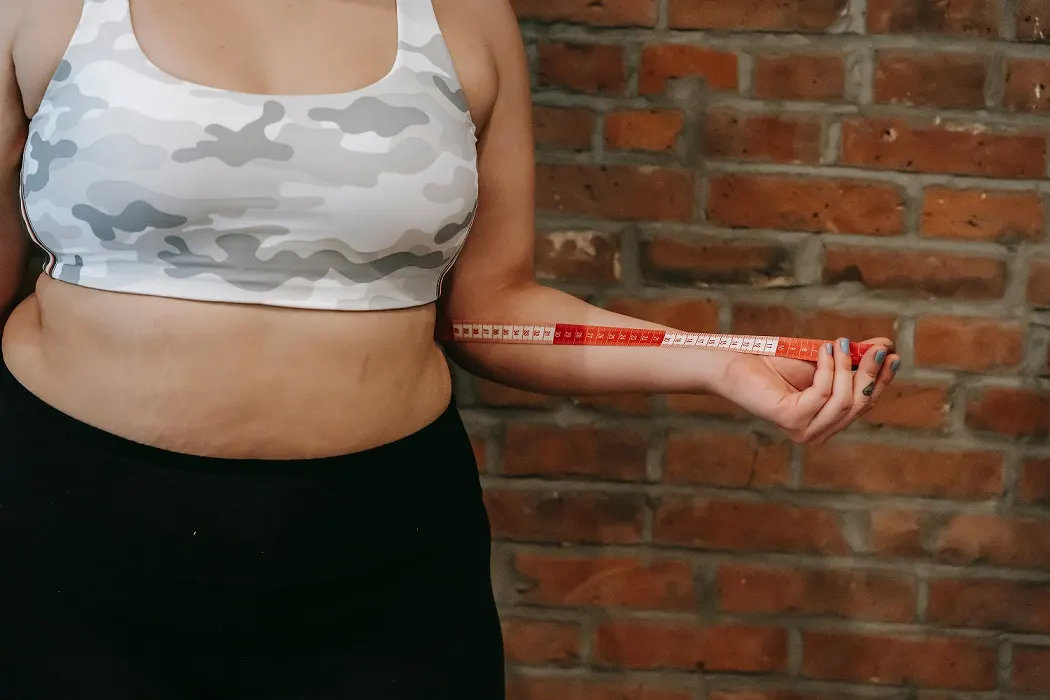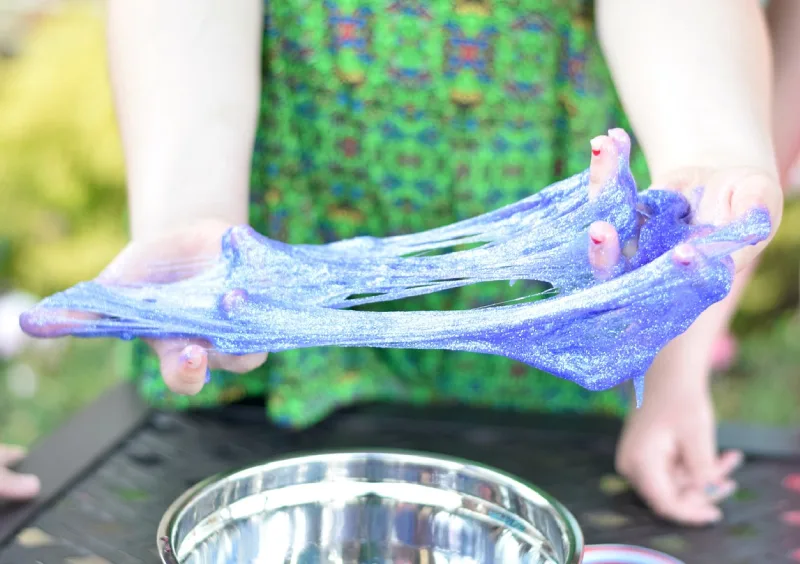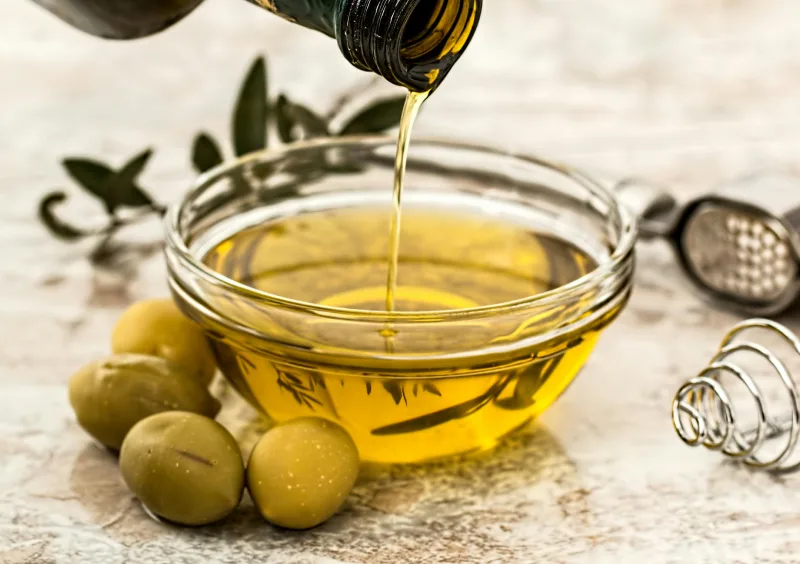Making your own fish food at home is not only fun but also ensures your fish are getting a healthy and balanced diet. With a good fish food recipe, you can control what goes into their food and avoid harmful additives.
Plus, it’s often more cost-effective than buying commercial fish food.
In this guide, we’ll walk you through the benefits, essential ingredients, and step-by-step recipes for creating nutritious fish food at home.
Why You Should Make Your Own Fish Food: Save Money and Ensure Quality
There are many reasons to make your own fish food.
First, it’s usually cheaper than buying pre-made food. Commercial fish food can be expensive, especially for larger aquariums.
By making your own, you can save a significant amount of money in the long run.
Additionally, you can choose the best ingredients, ensuring your fish get fresh and high-quality food.
Many commercial fish foods contain fillers and preservatives that are not ideal for fish health. Making your own food allows you to avoid these harmful additives.
Finally, homemade fish food is often fresher than store-bought options.
You can prepare small batches and store them properly, ensuring that your fish always have access to fresh, nutritious food.
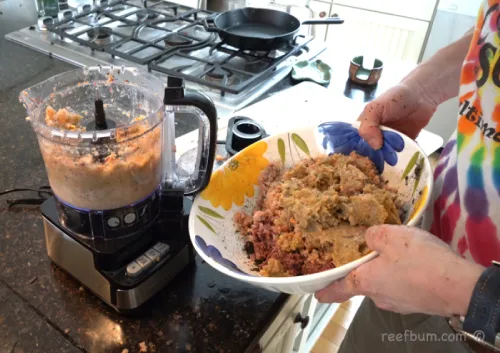
Essential Ingredients for a Balanced Fish Diet: Proteins, Vegetables, and More
A good fish food recipe includes proteins, vegetables, grains, and essential vitamins. For proteins, you can use fish, shrimp, or other seafood.
These provide the necessary amino acids for your fish’s growth and development.
Vegetables like spinach, peas, and seaweed are also great. They add fiber and essential nutrients to the diet. Grains such as rice, oats, and wheat provide necessary carbs and energy for your fish.
Don’t forget to add vitamins and minerals to keep your fish healthy. A multivitamin tablet can be crushed and added to the mixture to ensure your fish get all the necessary nutrients.
Proteins: Essential for growth and repair. Options include fish filets, shrimp, and mussels.
Vegetables: Provide fiber and essential nutrients. Options include spinach, peas, seaweed, and carrots. Grains: Provide energy. Options include rice, oats, and wheat germ.
Vitamins and Minerals: Ensure overall health. A multivitamin tablet can be added to the mix.
Recipe 1: Basic Fish Food Mix
Ingredients:
- 1 cup of fish fillets (any type)
- 1/2 cup shrimp
- 1/2 cup spinach
- 1/4 cup peas
- 1/4 cup rice
- 1 tablespoon fish oil
- 1 multivitamin tablet (crushed)
Preparation Steps:
- Clean and cut the fish fillets and shrimp into small pieces.
- Boil the rice until fully cooked.
- Blanch the spinach and peas to soften them.
Cooking or Drying Instructions:
- Blend all the ingredients together until you get a smooth paste.
- Spread the mixture thinly on a baking sheet.
- Dry the mixture in a low oven (about 150°F) for several hours until completely dry.
- Break the dried mixture into small flakes or pellets.
Storing the Food:
- Store in an airtight container in a cool, dry place. This will ensure the food stays fresh and doesn’t spoil.
Why This Recipe Works:
This basic mix provides a balanced diet with proteins, vegetables, and grains. It’s easy to make and can be stored for long periods.
Recipe 2: High-Protein Fish Food for Energetic Fish
Ingredients:
- 1 cup of salmon fillets
- 1/2 cup shrimp
- 1/2 cup mussels
- 1/4 cup oats
- 1/4 cup wheat germ
- 1 tablespoon fish oil
- 1 multivitamin tablet (crushed)
Preparation Steps:
- Clean and cut the salmon, shrimp, and mussels into small pieces.
- Cook the oats until soft.
- Mix the wheat germ into the cooked oats.
Cooking or Drying Instructions:
- Blend all the ingredients together into a smooth paste.
- Spread the mixture thinly on a baking sheet.
- Dry the mixture in a low oven (about 150°F) for several hours until completely dry.
- Break the dried mixture into small flakes or pellets.
Storing the Food:
- Store in an airtight container in a cool, dry place. This high-protein mix will give your fish the energy they need to stay active and healthy.
Why This Recipe Works
This high-protein mix is perfect for energetic fish.
The combination of salmon, shrimp, and mussels provides a rich source of proteins and healthy fats.
Recipe 3: Veggie-Rich Fish Food for a Balanced Diet
Ingredients:
- 1/2 cup peas
- 1/2 cup spinach
- 1/4 cup seaweed
- 1/4 cup carrots
- 1/4 cup rice
- 1 tablespoon vegetable oil
- 1 multivitamin tablet (crushed)
Preparation Steps:
- Blanch the peas, spinach, seaweed, and carrots to soften them.
- Boil the rice until fully cooked.
Cooking or Drying Instructions:
- Blend all the ingredients together into a smooth paste.
- Spread the mixture thinly on a baking sheet.
- Dry the mixture in a low oven (about 150°F) for several hours until completely dry.
- Break the dried mixture into small flakes or pellets.
Storing the Food:
- Store in an airtight container in a cool, dry place. This veggie-rich mix ensures your fish get a balanced diet with plenty of nutrients.
Why This Recipe Works:
This recipe is packed with vegetables, providing a rich source of fiber and essential vitamins. It’s perfect for fish that need a balanced diet.
Recipe 4: Algae-Based Fish Food for Herbivorous Fish
Ingredients:
- 1/2 cup spirulina powder
- 1/4 cup chlorella powder
- 1/4 cup seaweed
- 1/4 cup peas
- 1/4 cup oats
- 1 tablespoon vegetable oil
- 1 multivitamin tablet (crushed)
Preparation Steps:
- Blanch the peas and seaweed to soften them.
- Cook the oats until soft.
Cooking or Drying Instructions:
- Blend all the ingredients together into a smooth paste.
- Spread the mixture thinly on a baking sheet.
- Dry the mixture in a low oven (about 150°F) for several hours until completely dry.
- Break the dried mixture into small flakes or pellets.
Storing the Food:
- Store in an airtight container in a cool, dry place. This algae-based mix is perfect for herbivorous fish.
Why This Recipe Works:
Algae-based fish food is ideal for herbivorous fish. Spirulina and chlorella provide essential nutrients and help maintain vibrant colors in your fish.
Recipe 5: Tropical Fish Delight with a Fruity Twist
Ingredients:
- 1/2 cup tilapia fillets
- 1/2 cup shrimp
- 1/4 cup mango
- 1/4 cup peas
- 1/4 cup rice
- 1 tablespoon fish oil
- 1 multivitamin tablet (crushed)
Preparation Steps:
- Clean and cut the tilapia fillets and shrimp into small pieces.
- Boil the rice until fully cooked.
- Blanch the peas to soften them.
- Dice the mango into small pieces.
Cooking or Drying Instructions:
- Blend all the ingredients together into a smooth paste.
- Spread the mixture thinly on a baking sheet.
- Dry the mixture in a low oven (about 150°F) for several hours until completely dry.
- Break the dried mixture into small flakes or pellets.
Storing the Food:
- Store in an airtight container in a cool, dry place. This tropical delight mix adds a fruity twist that your fish will love.
Why This Recipe Works:
The tropical fish delight recipe combines the benefits of fish and shrimp with the sweetness of mango. It’s a great way to add variety to your fish’s diet.
Tips for Feeding Your Fish: Keep Them Healthy and Happy
Feed your fish small amounts of food, once or twice a day. Overfeeding can lead to health problems and water quality issues.
Observe your fish to make sure they are eating well and staying healthy. If you notice any changes in behavior or health, it might be necessary to adjust their diet.
Adjust the recipe as needed based on your fish’s specific dietary needs. Some fish may require more protein, while others might need more vegetables.
For more tips on feeding your fish, check out this guide on fish nutrition.
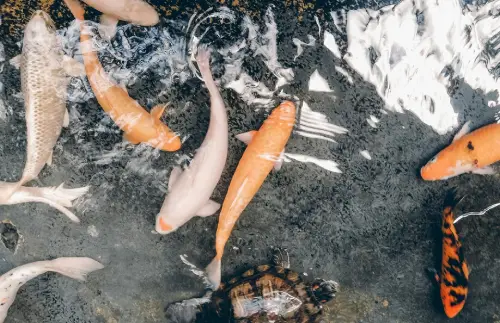
Common Mistakes to Avoid When Making Fish Food Recipe
Avoid overfeeding your fish, which can lead to health problems. Use only high-quality ingredients and store the food properly to prevent spoilage. Pay attention to your fish’s dietary needs and adjust the recipe if necessary.
Overfeeding: This can cause water quality issues and health problems for your fish.
Using Poor-Quality Ingredients: Always choose fresh, high-quality ingredients.
Not Storing the Food Properly: Store the food in an airtight container in a cool, dry place.
Ignoring Dietary Needs: Different fish have different dietary requirements. Adjust the recipes as needed.
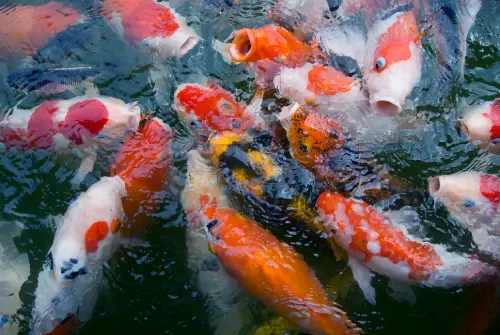
Conclusion: Homemade Fish Food for a Healthier Aquarium
Making homemade fish food is a great way to ensure your fish get the best nutrition possible. It’s easy, cost-effective, and fun. Give it a try and see the difference in your fish’s health and happiness.
By following this guide, you’ll have a perfect fish food recipe that keeps your aquatic friends thriving. Happy fish-keeping!
For more DIY fish food recipes, visit this ReffBum’s Youtube channel.

